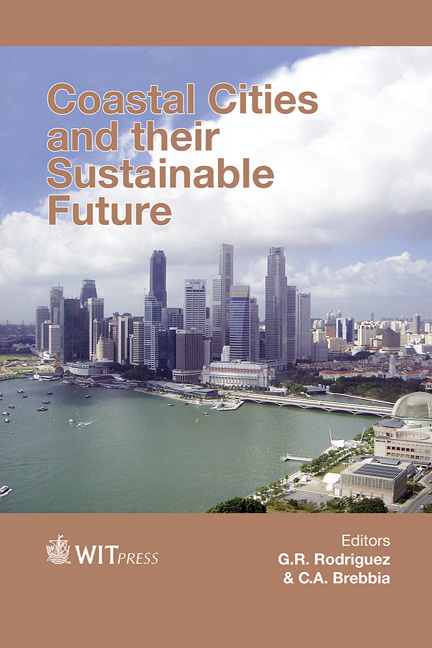The Protected Areas Network In Sicily, Italy: A New Opportunity For Territorial Development
Price
Free (open access)
Transaction
Volume
148
Pages
13
Page Range
261 - 273
Published
2015
Size
2,468 kb
Paper DOI
10.2495/CC150221
Copyright
WIT Press
Author(s)
S. Privitera, N. Quercio
Abstract
Protected areas are becoming a new land connotation not only linked to the conservation of biodiversity and the protection of the environment but also to their ability to ensure sustainable local development, in compliance with various local identities of the surrounding territories. In this context, the development of slow mobility inside the protected areas can be an opportunity for progress and growth because it could be able to intercept the increasing requests for green tourism. Slow mobility, declined within protected areas, can contribute not only to safeguarding the environment and the health of populations, favouring one type of careful use, but also offers the opportunity of to recover old paths that can be restored as greenways to favour slow mobility, and historical artefacts found along their path to fruition by sustainable tourism. The case study presented in this paper is the protected area “Riserva Naturale Orientata Pantalica, Valle dell’Anapo e Torrente Cava Grande” as an example of an area where there are various types of soft mobility. In particular, the sign of the path of one of the most important historical sites in the valley – the old railroad Syracuse–Vizzini – is analyzed. In light of the presence of multiple valuable elements, the Region of Sicily has developed an instrument known as a “landscape integrated route”, in order to draw up a “matrix of development” of this area.
Keywords
protected areas, slow mobility, greenways, landscape





